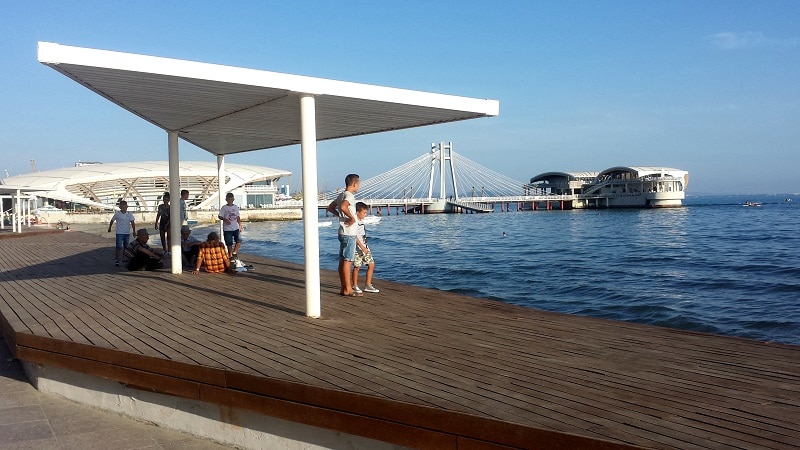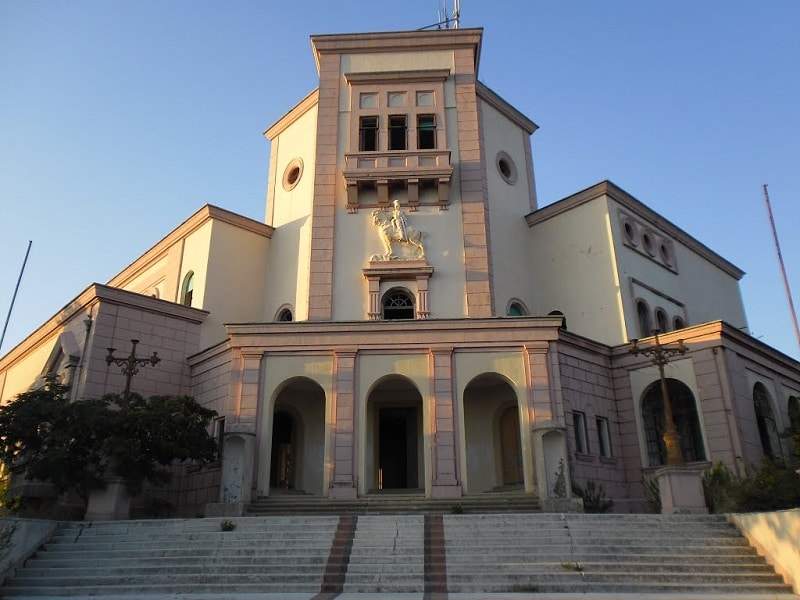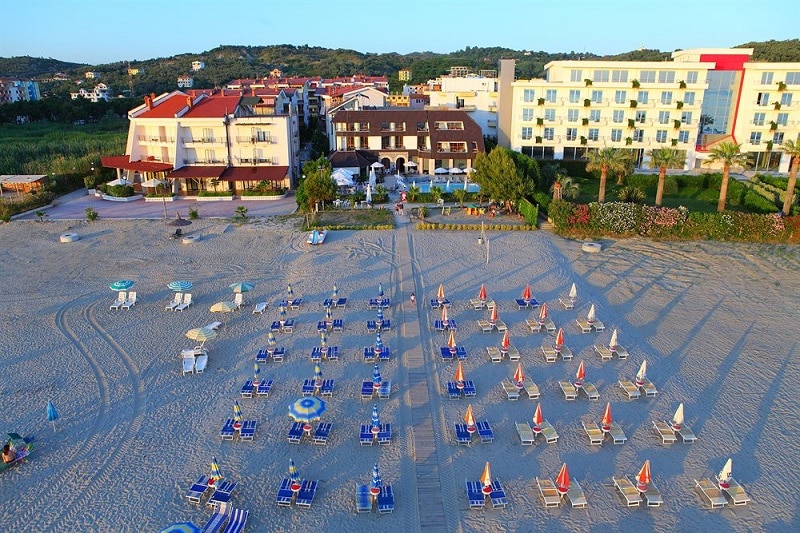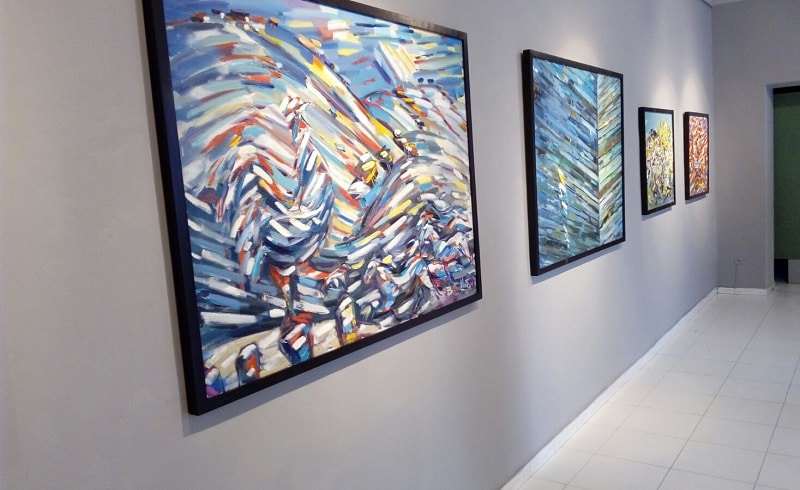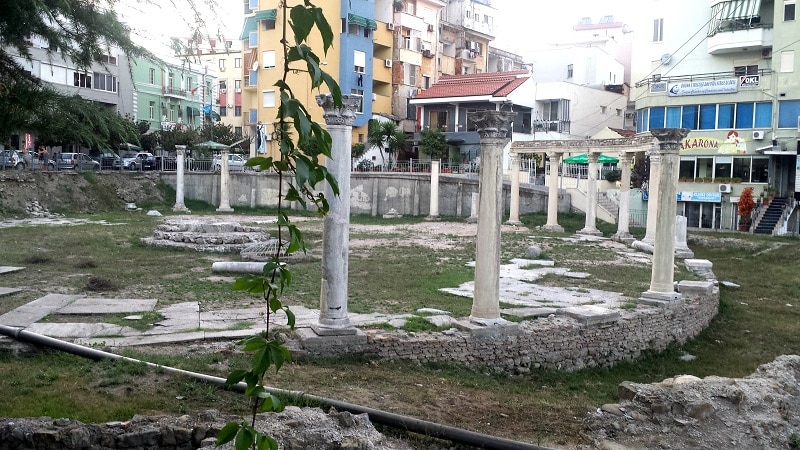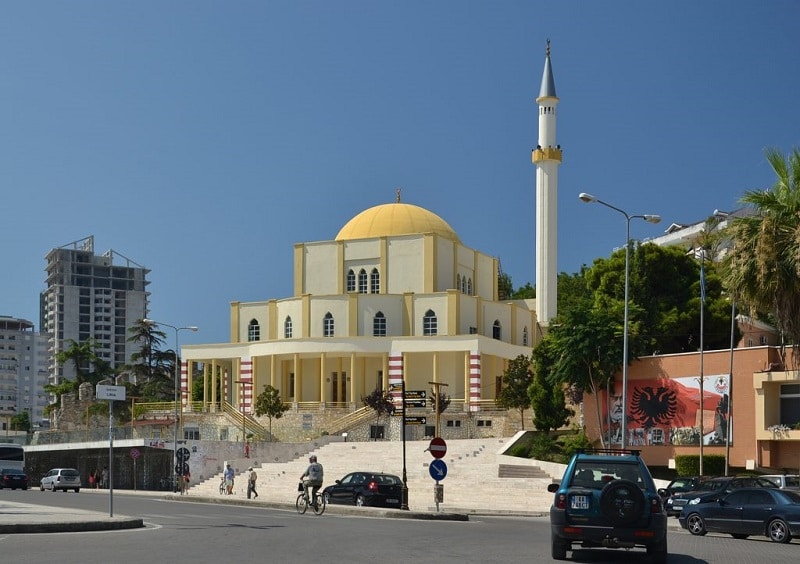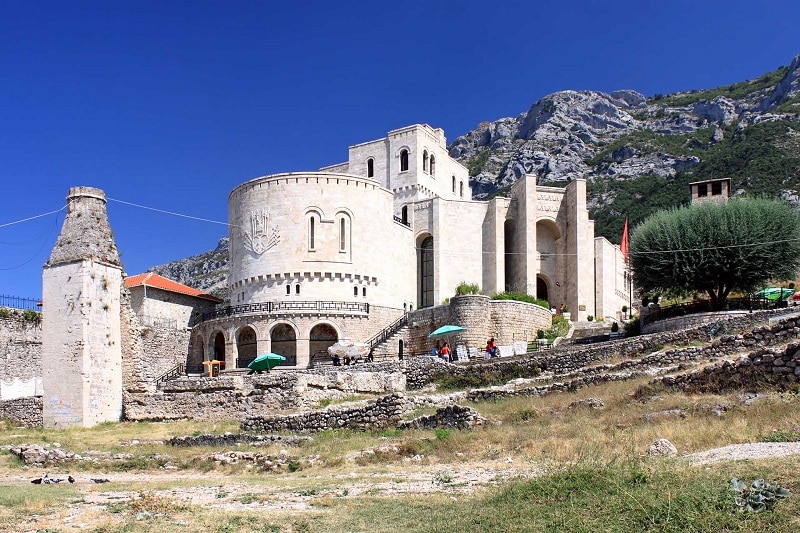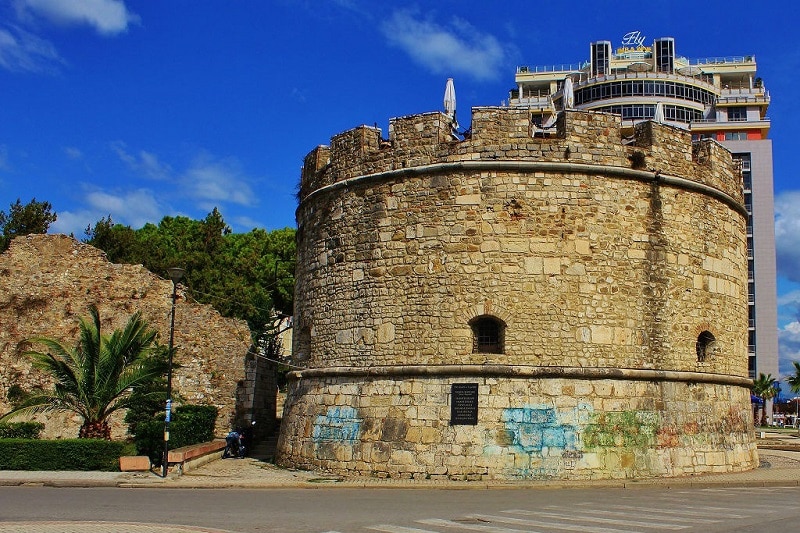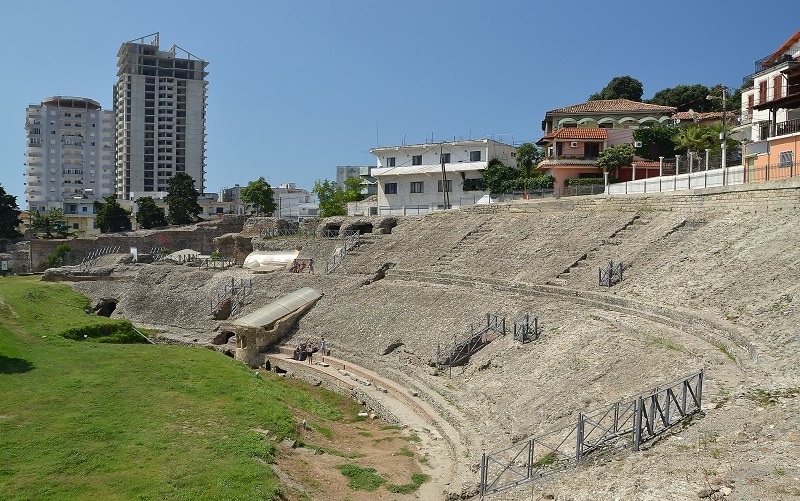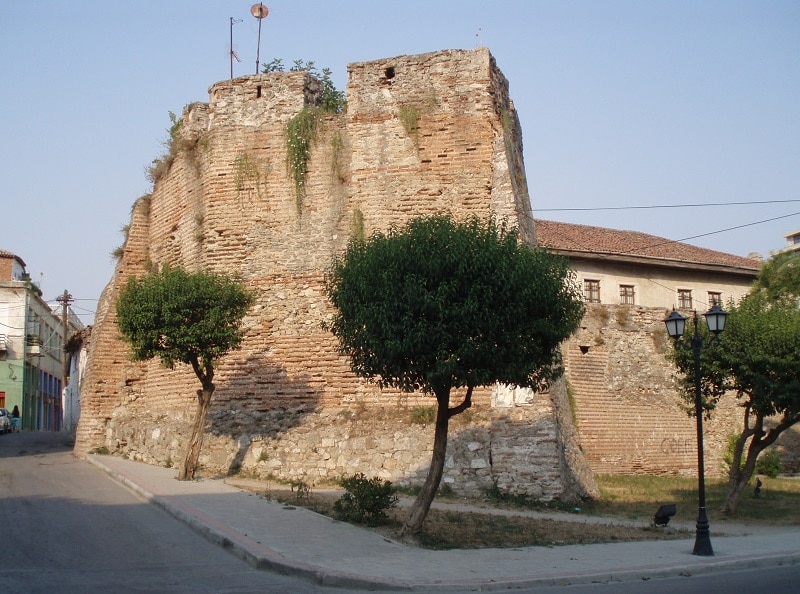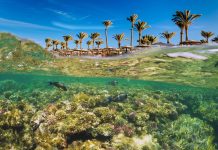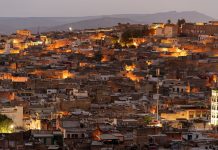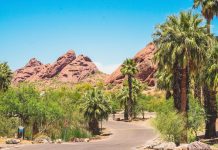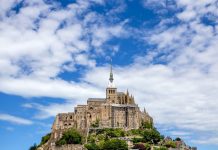Durres is an Adriatic Port City in Albania known for its mix of old and modern tourist attractions. This is where the Venetian Tower sits not far from a high-rise building and the bustling metropolis, or the crowded beaches during peak season. Accessible by boat from the Italian cities of Bari, Ancona and Trieste, getting there is already an adventure. But there’s plenty more you can do and see in this city of Albania.
10. Seafront
Source: Link
The seafront promenade in Durres provides the ideal venue for a daytime or evening stroll. It has a garden, some cafes and small hotels, and a half finished pier. During summer, the promenade would be teeming with local and tourists alike, with the occasional locals strolling with snakes around their necks or bears on a leash.
9. King Zog’s Villa
Source: Link
Also known as the Royal Villa of Durres, King Zog’s Villa serves as a reminder of the Albanian monarchy that has long been defunct. Built on top of a hill in 1937, it is pretty hard to miss. And despite looking like it has seen better days, the Villa remains a fascinating source of Albanian history.
After serving as a residence for King Zog I for just one year, it became a grand communist reception building, after the monarchy was dissolved. The 39th U.S. President, Jimmy Carter, and the former premier of the Soviet Union, Nikita Khrushchev, stayed at the Villa during official visits. In 1997, when Albania descended into temporary civil unrest, King Zog’s Villa was ransacked and incurred damage that is still visible to this day.
8. Coastal retreats
Source: Link
Durres is home to some of the most gorgeous beaches in Albania that can get really crowded and crazy during the summer months. There’s the Lalzit Bay Beach in the Hamallaj village, Golem beach in Golem, Portez Beach north of Durres, and the Durres Beach that stretches for more than 10 kilometers along the waterfront. With proximity to the city, expect Durres Beach to be more crowded with tight grids of sunbeds for most part of the year.
7. Koloseo Art Gallery
Source: Link
Want to see the best of Durres natives’ paintings? You will find them in the Koloseo Art Gallery, where the best works of local painters are put on display for everyone to see. A visit to this gallery is one way to understand and appreciate the local culture.
6. Byzantine Forum (Macellum)
Source: Link
The Macellum forum features a collection of colonnades that dates back between the 600s and the 800s. During the Roman era, a statue of the emperor in power would have stood at the center of the forum. Today, only the Corinthian columns remain standing, with the rest of the area paved with excavated marble stones.
Not far from the forum are Roman thermal baths that were discovered in the 1960s, at the same time that the Durres Amphitheatre was discovered. There, you will see a pool and a hypocaust.
5. Churches and mosques
Source: Link
There are only a few churches and mosques in Durres, but each one has a rich history to tell and is a reflection of Albania’s relationship with religion. The communist times may have interrupted this relationship, but it remained strong throughout time.
The Faith Mosque is the smaller and much older of the two impressive mosques in the city. It dates back to the first decade of Ottoman rule in 1503, was closed down during the communist times, and was declared a cultural monument in Albania in the 70s.
The Great Mosque is the younger structure, built by King Zog I in 1931. It replaced an earlier Ottoman building that stood on the same spot. When its minaret was destroyed after 1967, the building was converted into a center for local youth organizations.
As for churches, there’s the Shen Lucia Catholic Church that was built in 1907, the Shen Gjergji Orthodox Church that was built in the 19th century, and the Shen Asti and Pali Orthodox Church that were built in 2001.
4. Archaeological Museum
Source: Link
Featuring archaeological artifacts that settlements from different civilizations have left behind in the area, the Durres’ Archaeological Museum is the largest in Albania. With collections from the Ancient Illyrian culture, up to the rule of the Ottoman Empire, it is a history buff’s piece of paradise. Each artifact will take you back in time, and impart wonders of those eras gone by.
Items from the Roman era, such as stone sarcophagi and miniature busts of Venus, are considered particularly intriguing. It’s definitely worth checking out during your Albanian holiday. During the unrest in 1997, the museum was ransacked and was renovated only recently. It’s a miracle that the archeological artifacts were preserved.
3. Venetian Tower
Source: Link
Built in the 15th century, the Venetian Tower stands on top of a Byzantine Tower, at a height of 9 meters. The tower was named as such because Durres was part of the Venetian Republic when it was built, following a devastating earthquake in 1273. Among the fortifications that were built around the town, the Venetian Tower is the only remaining one, along with parts of the walls, which were originally built by Emperor Anastasius.
2. Durres Amphitheater
Source: Link
One of Albania’s greatest ancient architectures, and the biggest in the Balkans, the Durres Amphitheater was built in 100 AD by Roman Emperor Hadrian. For 300 years, it provided a venue for entertainment to more than 20,000 spectators, but got lost at some point in time. It was only rediscovered in the 1960s. Apart from its size, the building’s demonstration of the Roman transition to Christianity also made the amphitheater more remarkable than it already is. The renovated iconography works featured within make it a must-see when you are in Durres.
1. Durres Ancient City Wall
Source: Link
The ancient city wall was built in the late 5th Century. It runs next to the Durres Amphitheater and extends from the seafront up the hill that leads towards a big mosque. You’ll find a Tophane Well and medieval Hammam inside the walls. Some parts of the wall were made into a sort of a park, while the rest are left crumbling.


